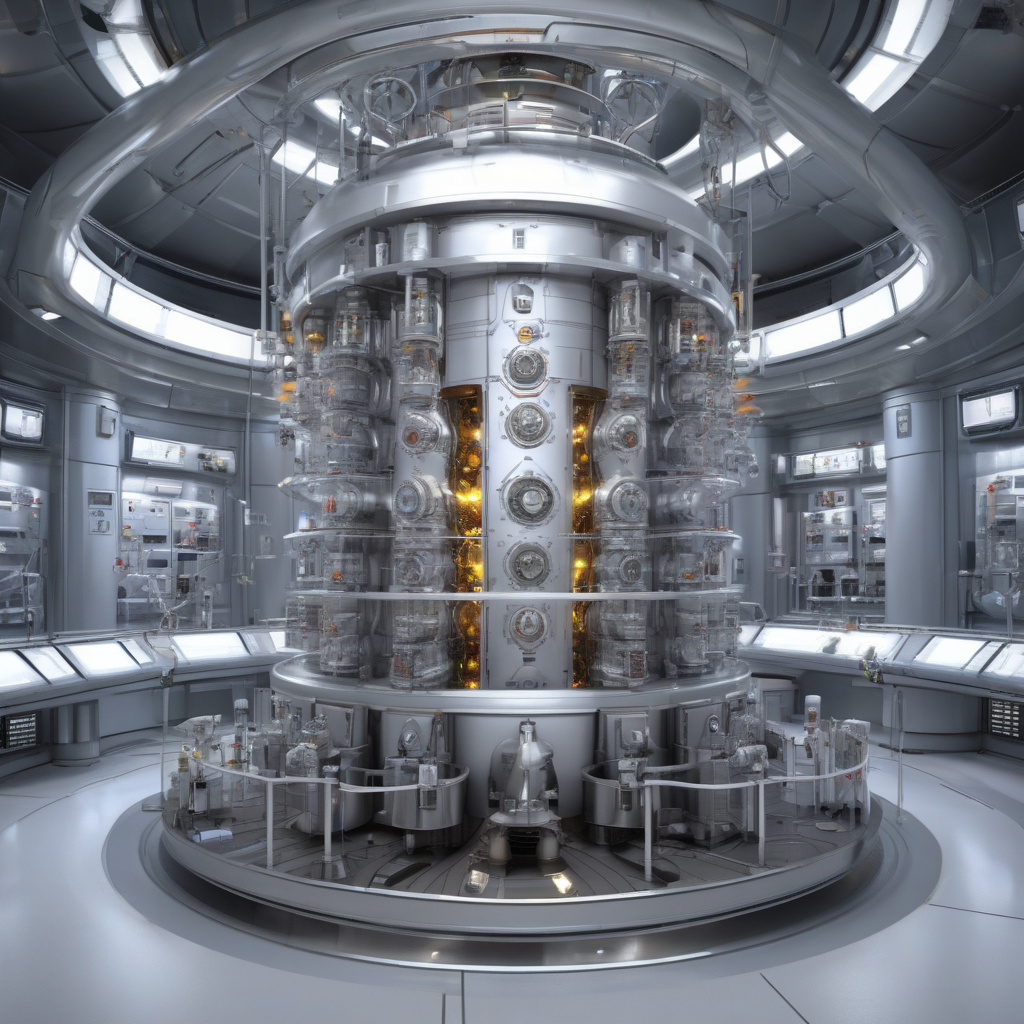Using Lithium as Wall Material in Reactors Could Boost Nuclear Fusion: US Scientists
Scientists have discovered a unique type of lithium wall behavior that could help design a more efficient nuclear fusion reactor. This breakthrough has the potential to revolutionize the way we harness energy and could lead to a cleaner and more sustainable future.
Nuclear fusion has long been hailed as the “holy grail” of energy production, as it promises abundant energy with minimal environmental impact. However, one of the biggest challenges in achieving practical fusion power is finding suitable materials to line the walls of the reactor. These materials need to withstand high temperatures and intense radiation while also being able to efficiently transfer heat.
In a recent study conducted by a team of US scientists, a new behavior of lithium was observed when used as a wall material in fusion reactors. Unlike other materials that tend to erode or become damaged over time, lithium demonstrated a self-healing behavior. This means that the lithium wall can repair itself, prolonging its lifespan and improving the overall efficiency of the reactor.
The key to this self-healing behavior lies in the unique properties of lithium. When bombarded with high-energy particles, lithium forms structures on its surface that act as a protective barrier. These structures not only prevent further damage but also actively repair any defects that may have occurred. This discovery opens up new possibilities for designing more durable and long-lasting fusion reactors.
Furthermore, using lithium as a wall material has additional benefits. Lithium is abundant in nature and relatively inexpensive, making it a cost-effective option for large-scale fusion reactors. Its high heat conductivity also allows for efficient heat transfer, which is crucial for maintaining the high temperatures required for nuclear fusion.
In addition to its technical advantages, lithium also poses fewer safety concerns compared to other materials. Unlike traditional wall materials like beryllium, lithium is non-toxic and poses minimal risk to human health. This makes it a more attractive option for commercial fusion power plants that aim to operate safely and sustainably.
The implications of this discovery are significant for the future of nuclear fusion. By utilizing lithium as a wall material, scientists can overcome one of the major roadblocks in achieving efficient and practical fusion power. This paves the way for the development of next-generation fusion reactors that could provide a clean and virtually limitless source of energy.
As research in the field of nuclear fusion continues to advance, innovations like the use of lithium as a wall material bring us one step closer to realizing the full potential of fusion energy. With ongoing developments and breakthroughs, the dream of commercial fusion power may soon become a reality, offering a sustainable solution to our growing energy needs.
#Lithium, #NuclearFusion, #EnergyProduction, #SustainableFuture, #FusionReactors












